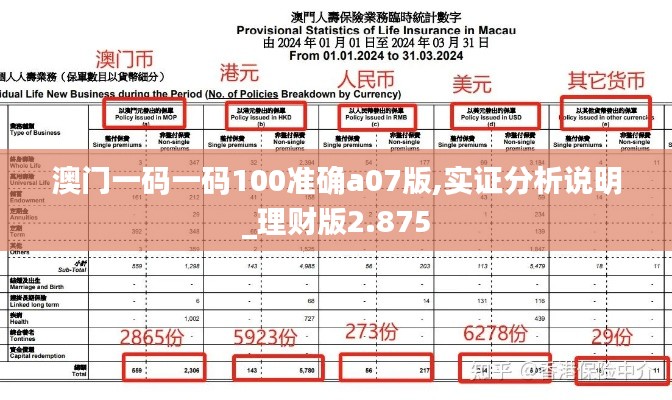Title: "Real-Time Data Analysis Techniques: The Future of Data-Driven Insights"
Title: "Real-Time Data Analysis Techniques: The Future of Data-Driven Insights"
Article:
In the rapidly evolving digital landscape, the ability to analyze data in real-time has become a crucial component for businesses and organizations seeking to gain a competitive edge. Real-time data analysis refers to the process of examining and interpreting data as it is generated, allowing for immediate insights and actions. This article delves into the various techniques and technologies that enable real-time data analysis, highlighting their importance and potential applications.
Introduction
The exponential growth of data has led to a demand for more efficient and effective data analysis methods. Real-time data analysis techniques offer a way to process and interpret data on the fly, providing valuable insights that can inform decision-making processes. From financial markets to e-commerce, real-time data analysis is revolutionizing how businesses operate and consumers interact with services.
Techniques for Real-Time Data Analysis
-
Stream Processing: Stream processing is a key technique in real-time data analysis. It involves processing data in a continuous flow, allowing for immediate analysis and response. Technologies like Apache Kafka and Apache Flink are widely used for stream processing, enabling organizations to handle large volumes of data in real-time.
-
In-Memory Computing: In-memory computing involves storing data in high-speed memory systems, such as Random Access Memory (RAM), to facilitate rapid data processing. This approach significantly reduces the latency in data analysis, making it ideal for real-time applications. Solutions like Apache Ignite and Redis are popular in-memory computing platforms.
-
Complex Event Processing (CEP): CEP is a technique that focuses on identifying patterns and relationships in real-time data streams. By analyzing multiple data sources simultaneously, CEP can detect complex events and trigger actions based on predefined rules. This is particularly useful in security monitoring, fraud detection, and supply chain management.
-
Machine Learning and AI: The integration of machine learning and artificial intelligence (AI) with real-time data analysis has opened up new possibilities. AI algorithms can be trained to recognize patterns and anomalies in data, providing predictive insights that can be used to optimize operations and improve decision-making.
-
Data Warehousing: Traditional data warehousing solutions have been adapted to support real-time data analysis. By combining real-time data with historical data, organizations can gain a comprehensive view of their operations and customer behavior.
Applications of Real-Time Data Analysis
-
Financial Markets: Real-time data analysis is critical in the financial industry, where traders rely on split-second decisions to capitalize on market trends. Real-time analysis of financial data helps in risk management, algorithmic trading, and portfolio optimization.
-
E-commerce: Real-time data analysis in e-commerce allows businesses to personalize customer experiences, optimize pricing strategies, and improve supply chain management. By analyzing customer behavior in real-time, companies can make informed decisions to enhance customer satisfaction and increase sales.
-
Healthcare: Real-time data analysis in healthcare can lead to better patient care, improved operational efficiency, and enhanced medical research. By monitoring patient data in real-time, healthcare providers can detect early signs of illness, streamline hospital operations, and develop personalized treatment plans.
-
Smart Cities: Real-time data analysis is a cornerstone of smart city initiatives. By analyzing data from various sources such as traffic cameras, sensors, and social media, city planners can optimize urban services, reduce congestion, and improve public safety.
Challenges and Considerations
While real-time data analysis offers numerous benefits, it also presents challenges. Ensuring data quality, managing data privacy, and maintaining system scalability are some of the key considerations. Organizations must invest in robust infrastructure and skilled personnel to effectively leverage real-time data analysis techniques.
Conclusion
Real-time data analysis techniques are reshaping the way we process and interpret data. By enabling immediate insights and actions, these technologies are driving innovation and efficiency across various industries. As the volume and complexity of data continue to grow, the importance of real-time data analysis will only increase, making it a critical component of the future of data-driven insights.
Title: "Climate Change and Extreme Weather: Top Meteorological Topics of the Moment"
Title: "Real-Time Processing: The Heartbeat of Modern Data-Driven Enterprises"
Title: "Real-Time Traffic Congestion Rankings: Navigating Urban Challenges"
Title: "Real-Time News Commentary: High School Life in the Modern Era"
Trendy Home Textiles: Exploring the Latest Home Furnishing Trends
Spring Festival Travel Guide for a Heartwarming Family Reunion












 豫ICP备2021032765号-1
豫ICP备2021032765号-1